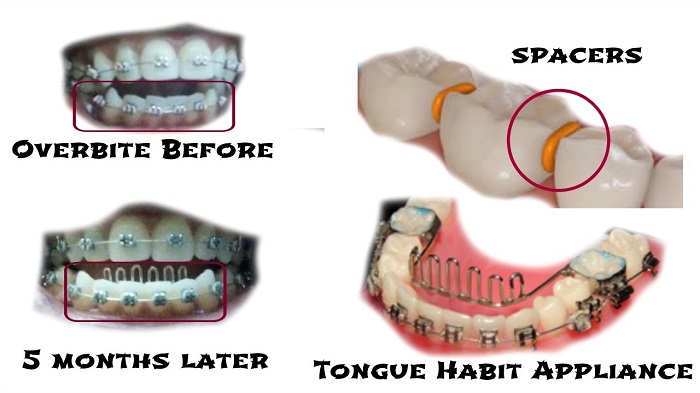What Happens When Filling Falls Out? Emergency Fix

Filling falling out can be a frustrating and sometimes painful experience, especially if it happens unexpectedly. Whether it’s a dental filling, a filling in a piece of furniture, or any other type of filling, having it fall out can lead to a range of issues, from functionality problems to aesthetic concerns. In this article, we will explore the reasons why fillings might fall out and provide guidance on how to address the issue, focusing particularly on dental fillings as an example, since they are common and can have significant impacts on health and comfort.
Why Do Fillings Fall Out?
Before diving into the solutions, it’s crucial to understand why fillings fall out in the first place. The reasons can vary depending on the type of filling, but for dental fillings, some common causes include:
- Poor Oral Hygiene: Lack of regular brushing and flossing can lead to gum disease and tooth decay, weakening the tooth structure around the filling.
- Tooth Decay Under the Filling: Sometimes, decay can progress under the filling, especially if the filling is old or if there are gaps between the filling and the tooth.
- Gum Recession: As gums pull back, the margin of the filling can be exposed, leading to potential leakage and eventual filling loss.
- Biting or Chewing Hard Foods: Applying excessive force on filled teeth can dislodge fillings, especially if the filling material is not designed to withstand such pressures.
- Age of the Filling: Fillings have a lifespan and may need to be replaced over time due to wear and tear.
Emergency Fix for a Fallen Filling
If a filling falls out, it’s essential to act promptly to prevent further complications, such as tooth sensitivity, pain, or infection. Here are steps you can take as an emergency fix:
Assess the Situation: Carefully examine the fallen filling and the tooth it was in. If the filling is intact, you might be able to temporarily put it back in place, but this should only be done if advised by a dentist.
Temporary Fix: Over-the-counter dental cement or temporary filling material can be used as a stopgap measure. However, these are not substitutes for proper dental care and should only be used until you can see a dentist.
Protect the Tooth: If the filling cannot be put back, use a piece of sugar-free gum or dental wax to cover the tooth to protect it from further irritation or decay.
Schedule a Dental Appointment: As soon as possible, consult with a dentist. They can assess the tooth and determine the best course of action, whether it’s replacing the filling, performing a root canal, or another treatment.
Professional Solutions
While emergency fixes can help manage the situation temporarily, a professional solution is always the best option for a fallen filling. Dentists can:
- Replace the Filling: With a new filling that matches the tooth’s natural color and strengthens the tooth.
- Perform Additional Treatments: Such as a root canal if the pulp is infected, or a crown if the tooth is significantly damaged.
- Provide Preventative Advice: On how to prevent future fillings from falling out, including proper oral hygiene practices, dietary advice, and scheduling regular dental check-ups.
Preventive Measures
Prevention is always better than cure. To minimize the risk of a filling falling out:
- Regular Dental Check-ups: Allow your dentist to catch any issues before they become major problems.
- Good Oral Hygiene: Brush and floss regularly to prevent decay and gum disease.
- Avoid Biting or Chewing Hard Objects: Refrain from using your teeth as tools or biting into hard foods that can dislodge fillings.
- Dietary Changes: Limit sugary and acidic foods and drinks that can contribute to tooth decay.
In conclusion, while having a filling fall out can be alarming, there are steps you can take to temporarily manage the situation and prevent it from happening again in the future. By understanding the reasons why fillings might fall out and knowing how to address the issue promptly, you can protect your oral health and maintain the integrity of your teeth.
What should I do immediately if a filling falls out?
+If a filling falls out, assess the situation, protect the tooth, and schedule a dental appointment as soon as possible. Temporary measures like over-the-counter dental cement can provide relief but are not a substitute for professional dental care.
Can I put a fallen filling back in my tooth?
+It’s generally not recommended to put a fallen filling back in your tooth without consulting a dentist first. They can assess whether the filling and the tooth are in a condition to be safely reattached or if another treatment is needed.
How can I prevent fillings from falling out in the future?
+Preventing fillings from falling out involves regular dental check-ups, good oral hygiene practices, avoiding hard foods and objects, and making dietary changes to reduce the risk of tooth decay and gum disease.

